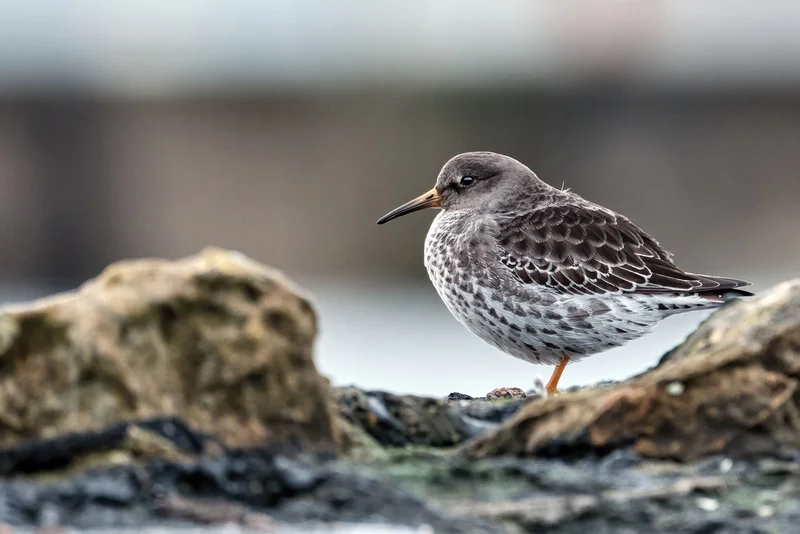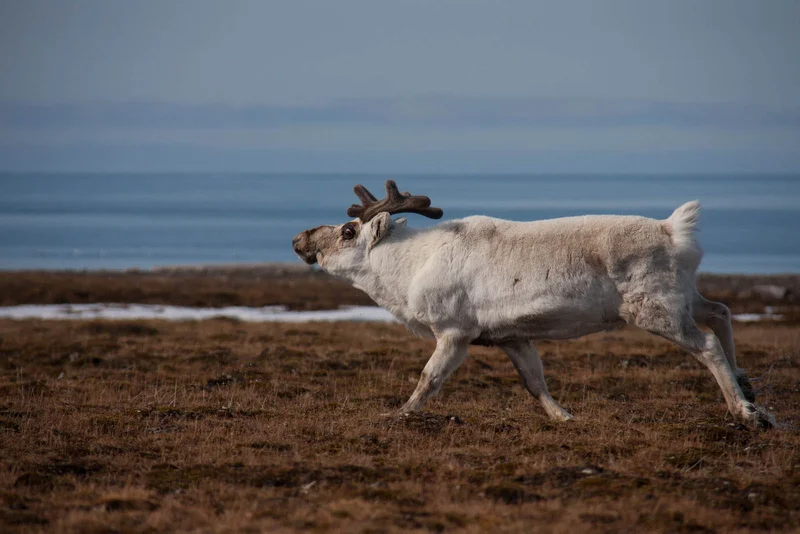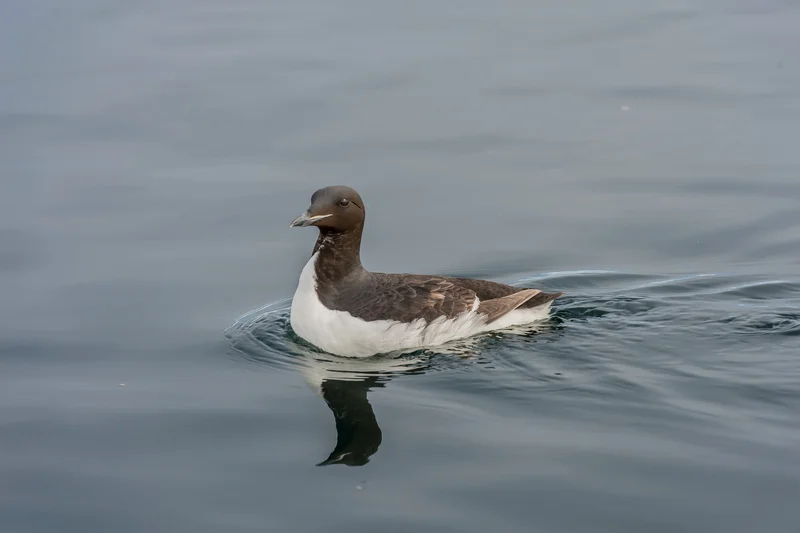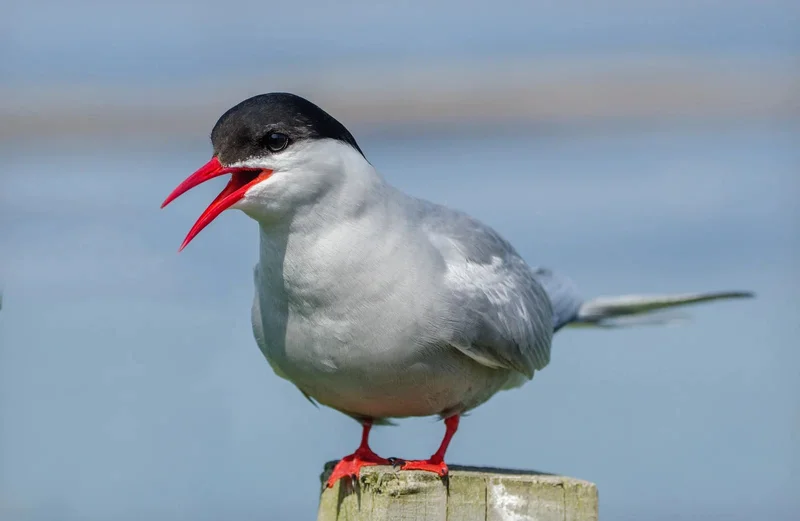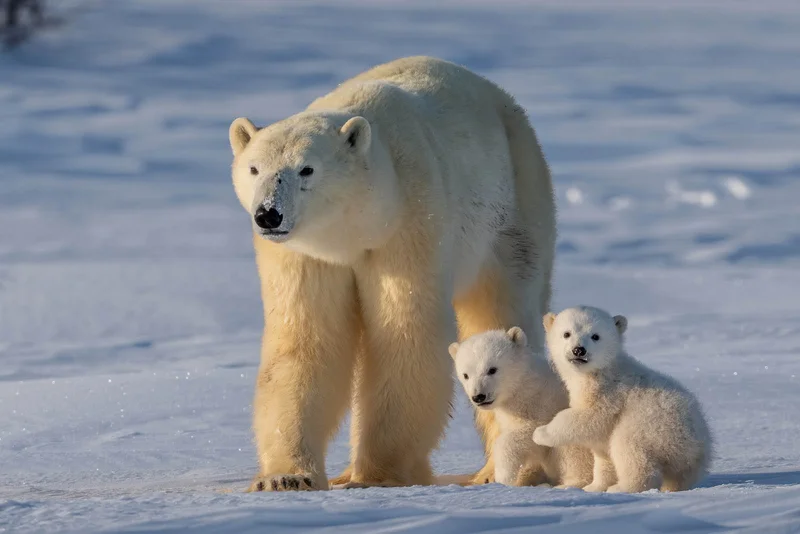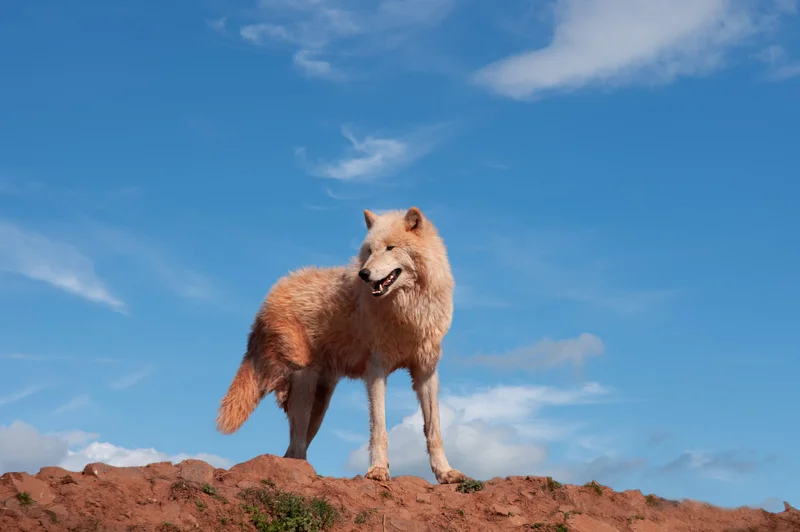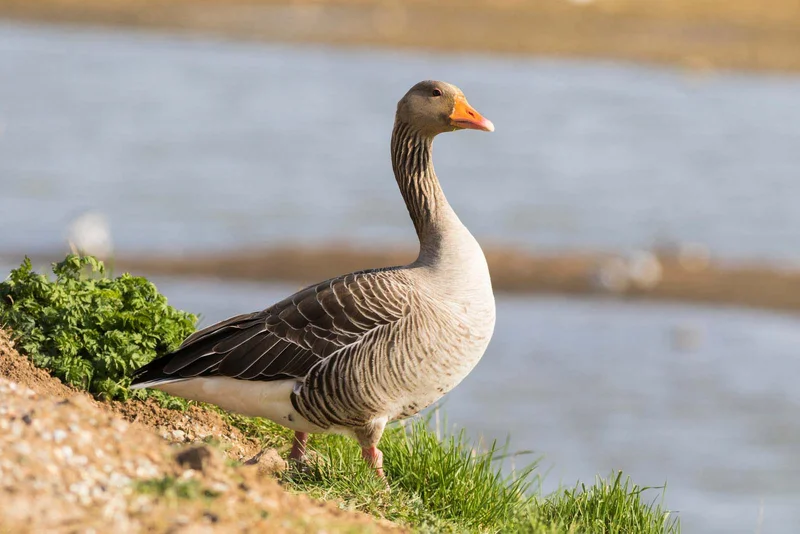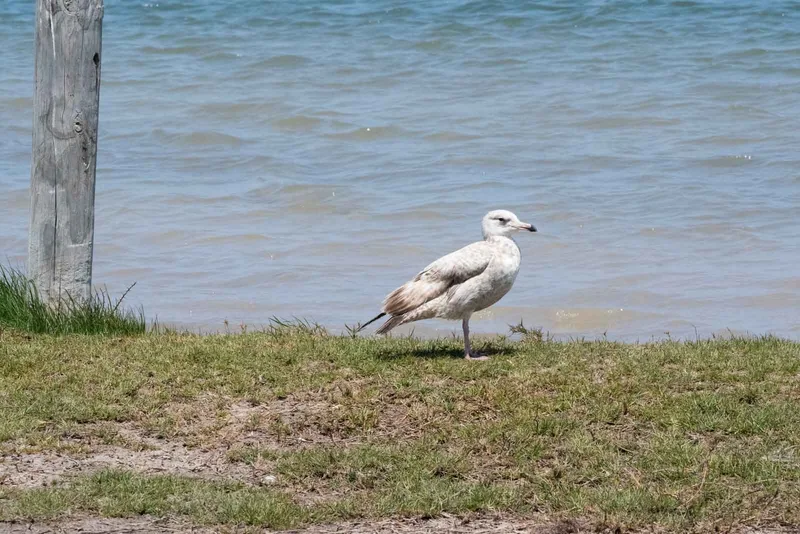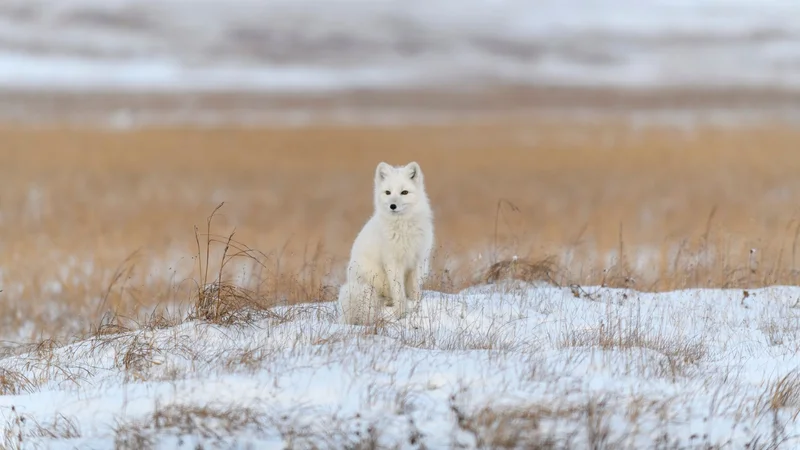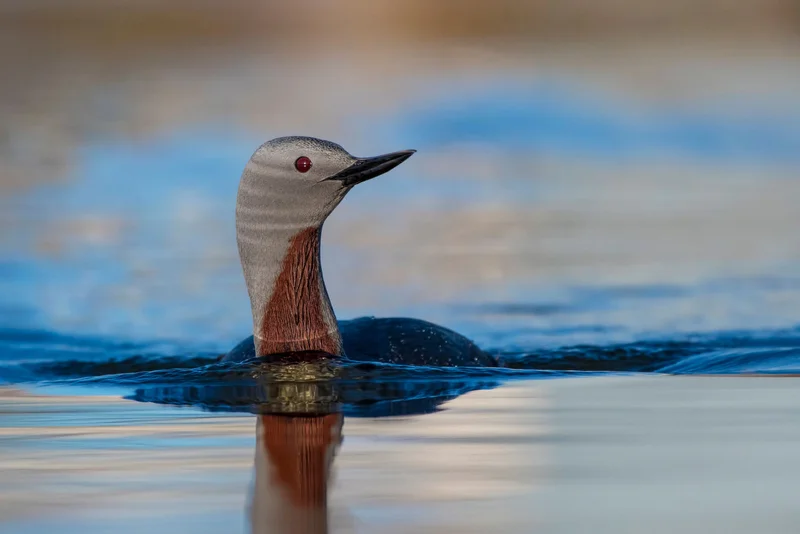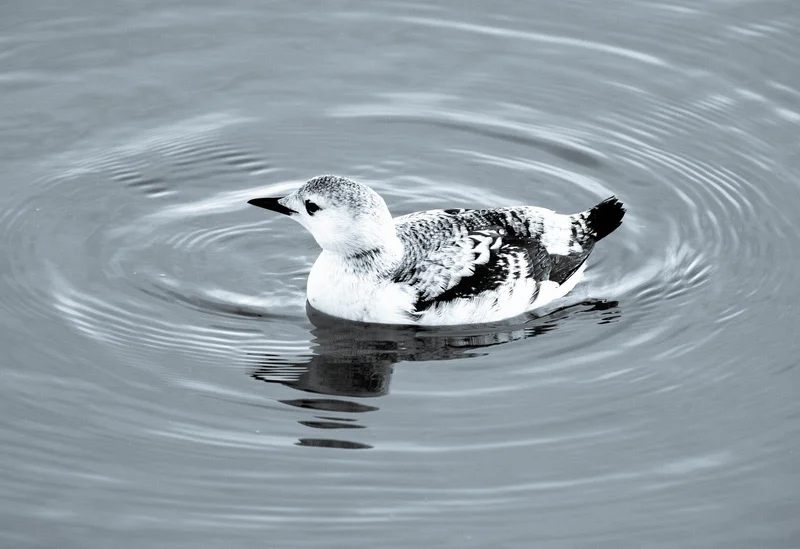Essential Black-legged Kittiwake Information
The Black-legged Kittiwake is a medium-sized seabird commonly found in the Arctic and subarctic coastal regions of Europe and North America. Though its population is currently estimated at around 15 million, numbers have declined by 40% since 1970, classifying it as a vulnerable species.
Physical Characteristics
Kittiwakes grow to about 38 cm (15 inches) in length, with a wingspan of 1 meter (40 inches). They are easily identified by their white bodies, heads, and gray wings. Their namesake black legs and yellow bills are distinguishing features that set them apart from other gulls.
Habitat and Nesting
These birds nest in large colonies on cliffs, choosing narrow, inaccessible ledges to avoid predators. They construct their nests using mud and materials that prevent their eggs from rolling off the ledge. Unlike other gulls, kittiwakes lay only two eggs, relying on the safety of their precarious nest locations to minimize the need for more offspring. The breeding season runs from June to August.
Feeding and Behavior
Kittiwakes are primarily fish-eaters, but they do not dive for their prey. Instead, they forage at the surface, either swimming or snatching fish while in flight. Outside the breeding season, these birds live at sea and are rarely seen alone, preferring to travel and feed in flocks.
Conservation Concerns
Although still widespread, Black-legged Kittiwakes have experienced a significant population decline. This is attributed to factors such as changes in prey availability due to climate change and overfishing. Their vulnerability status reflects the ongoing concerns about their long-term survival.
Interesting Facts
- Precarious Nests: Kittiwakes nest on narrow cliff ledges to avoid predators and lay just two eggs due to the safety of their nesting sites.
- Surface Feeders: Unlike diving gulls, kittiwakes catch their prey from the water’s surface.
- Declining Population: Despite their large numbers, kittiwakes have been in steady decline, with a 40% population drop since 1970.



